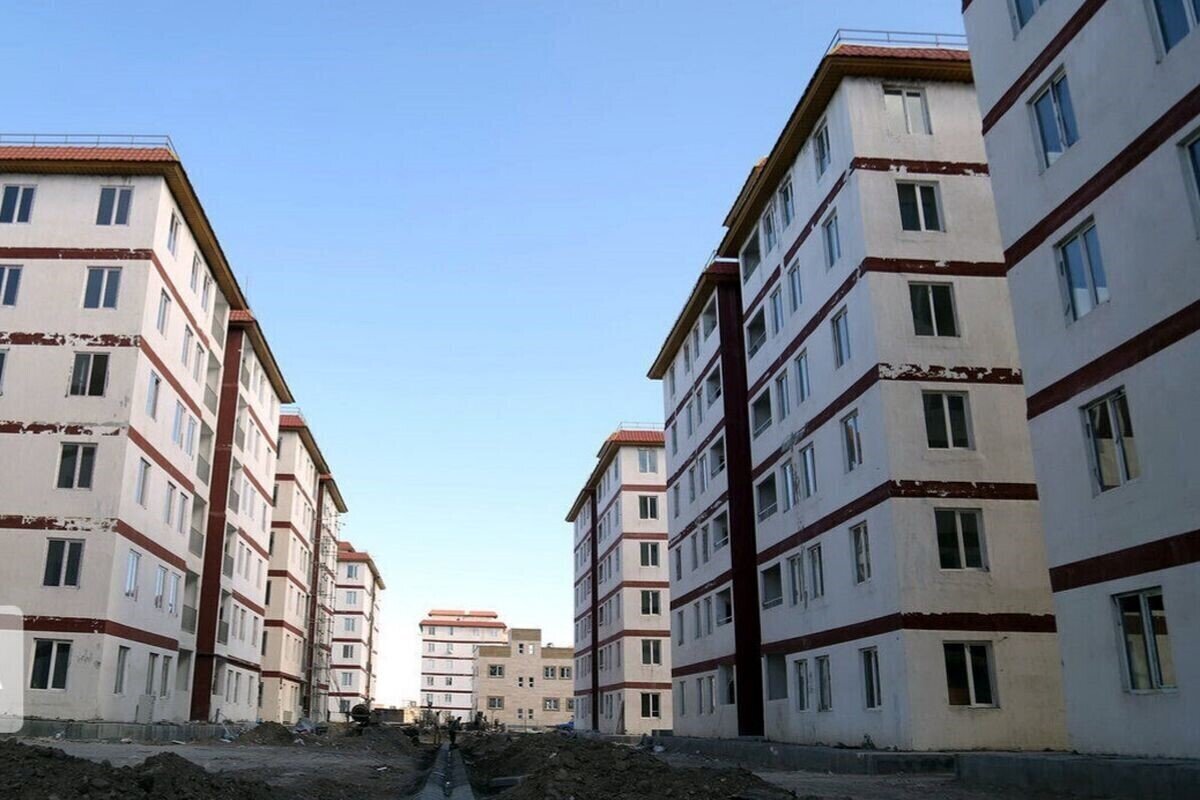The Iranian Housing System under the Islamic Republic Government (1990–2021)
 The document titled “The Iranian Housing System under the Islamic Republic Government (1990–2021)” provides a comprehensive overview of the evolution of housing policies in Iran over three decades, focusing on the challenges and strategies adopted by the government in response to a persistent housing crisis. It highlights the socio-economic factors influencing housing development and assesses the effectiveness of various housing programs implemented during this period.
The document titled “The Iranian Housing System under the Islamic Republic Government (1990–2021)” provides a comprehensive overview of the evolution of housing policies in Iran over three decades, focusing on the challenges and strategies adopted by the government in response to a persistent housing crisis. It highlights the socio-economic factors influencing housing development and assesses the effectiveness of various housing programs implemented during this period.
Historical Context
The Iranian housing system has undergone significant changes since the Islamic Revolution in 1979. Before this period, housing policies were not prioritized in development programs. However, post-revolutionary Iran faced rapid urbanization, largely due to rural-to-urban migration, which resulted in severe housing shortages and the growth of informal settlements. The document outlines that from 1990 onwards, the Iranian government initiated six development programs aimed at addressing these housing challenges, with varying degrees of success.
Development Programs Overview
First Development Plan (1990-1995)
The first plan focused on preventing urban sprawl and aimed to provide urban land at preferential prices. It sought to create new cities and improve rental housing facilities. However, the emphasis was primarily on war-torn areas due to ongoing conflicts.
Second Development Plan (1995-2000)
This phase introduced strategies such as providing bank facilities for housing loans, land transfers, and tax exemptions for smaller units. The government attempted mass production of housing but struggled to keep pace with increasing urbanization.
Third Development Plan (2001-2005)
The third plan shifted its focus towards low-income groups by liberalizing the housing market and reducing state intervention. It aimed to establish a secondary mortgage market and provide banking facilities tailored to low-income families.
Subsequent Plans (2005-2021)
In the following development programs, there was a continued emphasis on homeownership, often at the expense of rental solutions and social housing initiatives. The government introduced various subsidies and tax incentives but failed to create a balanced approach that adequately addressed the needs of all income groups.
Challenges Faced
Despite these efforts, several persistent challenges hindered effective housing provision:
- Urbanization Pressure: The rapid influx of people into major cities like Tehran exacerbated the housing crisis, leading to increased demand that outstripped supply.
- Informal Settlements: A significant portion of the population resides in informal settlements lacking basic infrastructure and services.
- Economic Constraints: Economic sanctions and mismanagement have limited government resources available for housing projects.
- Policy Fragmentation: Housing policies have often been disjointed and reactive rather than proactive, lacking a coherent long-term strategy.
Recent Developments
The document discusses recent initiatives aimed at revitalizing the housing sector, including proposals for establishing a national housing fund and implementing social housing programs targeting low-income households. However, many of these initiatives have faced implementation challenges due to bureaucratic inefficiencies and insufficient funding.
The National Housing Production Action Plan (NHPAP)
One notable initiative is the NHPAP, launched in 2019, which aims to construct 400,000 homes by 2022. While it includes provisions for low-income families, experts express skepticism about its potential impact given historical precedents.
Conclusion
The Iranian housing system has evolved significantly since 1990, reflecting broader socio-economic trends and governmental responses to persistent challenges. While various development programs have been initiated to improve housing conditions, many have fallen short due to inadequate planning, economic constraints, and a lack of comprehensive strategies that address both supply and demand dynamics in the housing market.The document emphasizes that future policies must prioritize inclusivity and sustainability in order to effectively tackle Iran’s ongoing housing crisis. This includes fostering partnerships between the public and private sectors, enhancing citizen participation in policy-making processes, and ensuring that all segments of society have access to adequate housing solutions.
